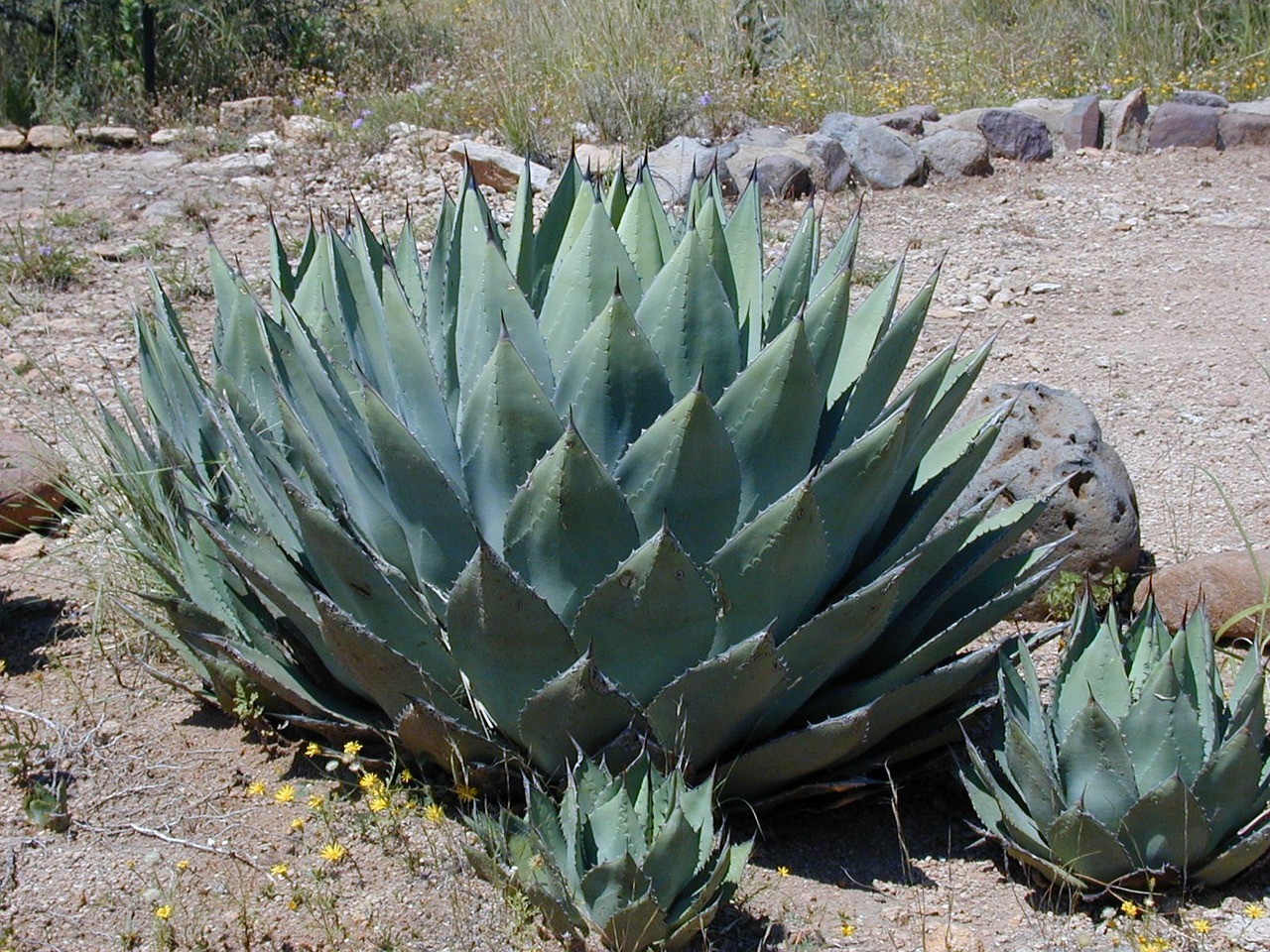The Sweet 16 is one of the most exciting stages of the NCAA Men’s Division I Basketball Tournament, marking the beginning of the regional semifinals. As teams battle for a spot in the Elite Eight, the venues where these games take place play a significant role in setting the stage for thrilling matchups. Over the years, the NCAA has selected a variety of venues across the United States, each offering its unique atmosphere and challenges for the competing teams. Let’s delve into some of the key aspects of Sweet 16 venues, past and present, and explore what makes them so special.
Historical Context: Evolution of Venues
The selection of venues for the Sweet 16 has evolved considerably since the tournament’s inception. Initially, the tournament was much smaller, and games were held in various on-campus arenas and civic centers. As the tournament expanded and gained popularity, so did the size and prestige of the venues. Today, the NCAA seeks out venues that can accommodate large crowds, offer state-of-the-art facilities, and provide an electric atmosphere conducive to high-level competition.
Modern Venues: A Mix of Tradition and Innovation
Modern Sweet 16 venues are a blend of historic arenas that have hosted numerous tournament games over the years and newer, state-of-the-art facilities designed to enhance the fan experience. Venues like the Alamodome in San Antonio, Texas, and the Lucas Oil Stadium in Indianapolis, Indiana, have become staples of the tournament, offering large capacities and advanced amenities. On the other hand, venues such as the Barclays Center in Brooklyn, New York, and the T-Mobile Arena in Las Vegas, Nevada, bring a fresh, contemporary feel to the games, with cutting-edge technology and luxurious amenities.
Factors in Venue Selection
The NCAA considers several factors when selecting venues for the Sweet 16. These include:
- Capacity and Seating: The ability to accommodate a large number of fans is crucial. Venues must have a minimum seating capacity, ensuring that as many spectators as possible can experience the games live.
- Location: Venues are often chosen to be relatively neutral for the competing teams, aiming to minimize travel distances and ensure fair crowd distribution.
- Facilities and Amenities: State-of-the-art facilities, including high-quality playing surfaces, advanced lighting and sound systems, and ample amenities for teams and fans, are highly valued.
- Previous Hosting Experience: Venues with a proven track record of successfully hosting tournament games are often preferred, as they demonstrate the capability to manage the logistics and security of such major events.
- Bidding Process: Cities and venues must bid to host tournament games, presenting their case based on the aforementioned factors, as well as their ability to promote the event and support the NCAA’s initiatives.
Impact on the Game
The venue can significantly impact the dynamics of the game. Factors such as crowd noise, lighting, and the familiarity of the surroundings can influence team performance. Teams that are accustomed to playing in large, noisy arenas may have an advantage in such environments, while those from smaller schools might face challenges adjusting to the bigger stage.
Fan Experience
For fans, the venue is a crucial part of the Sweet 16 experience. The atmosphere, accessibility, and amenities all contribute to an enjoyable and memorable experience. The NCAA and venue organizers strive to create an environment that is both exciting and safe, with a variety of concessions, merchandise options, and interactive activities available.
Looking to the Future
As the NCAA Men’s Basketball Tournament continues to grow in popularity, the selection and utilization of venues will remain a critical aspect of its success. Future Sweet 16 games will likely be hosted in a mix of veteran arenas and newer venues, each offering its unique blend of tradition, innovation, and excitement. The evolution of venues will be shaped by advances in technology, changes in fan preferences, and the ongoing pursuit of creating the ultimate competitive and spectator experience.
Frequently Asked Questions
How does the NCAA select venues for the Sweet 16?
+The NCAA considers several factors including venue capacity, location, facilities, previous hosting experience, and a bidding process where cities and venues present their case to host the tournament games.
What makes a venue ideal for hosting Sweet 16 games?
+An ideal venue should have a large capacity to accommodate a significant number of fans, be located in a relatively neutral area for competing teams, offer state-of-the-art facilities and amenities, and have experience in hosting similar events successfully.
How do venues impact the game and fan experience?
+Venues can impact team performance due to factors like crowd noise and familiarity with the surroundings. For fans, the venue's atmosphere, accessibility, and amenities are crucial for an enjoyable experience. The NCAA strives to ensure that venues provide an exciting yet safe environment for all attendees.
In conclusion, the venues of the Sweet 16 are an integral part of the NCAA Men’s Basketball Tournament, each bringing its unique character to the competition. From the selection process to the impact on the game and fan experience, understanding the role of these venues adds depth to the appreciation of the tournament. As the NCAA continues to evolve and grow, the choice of venues will remain a vital component in making the Sweet 16 an unforgettable experience for teams and fans alike.



